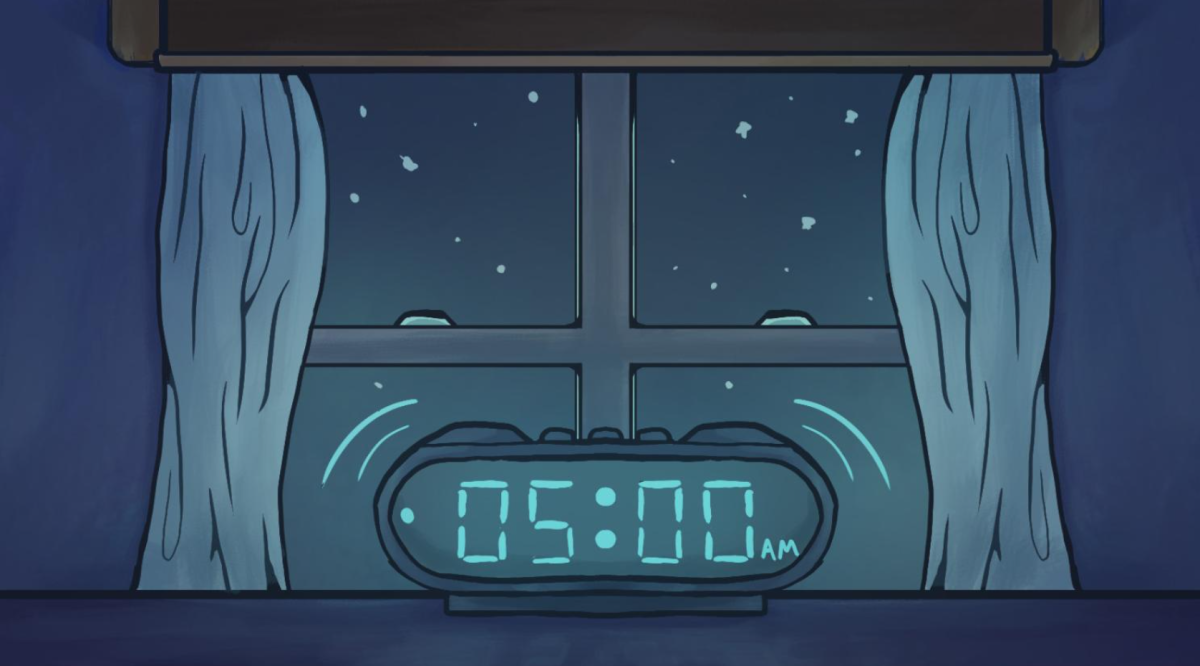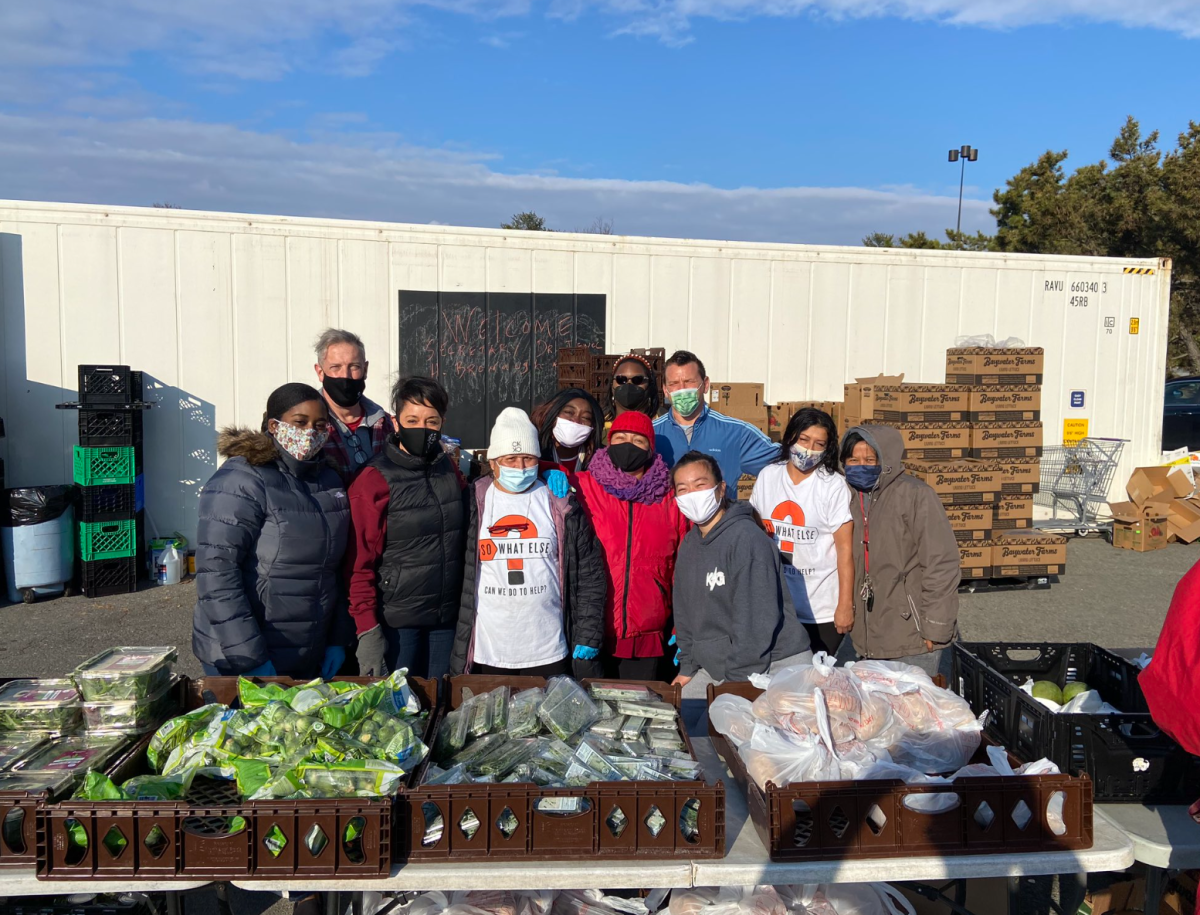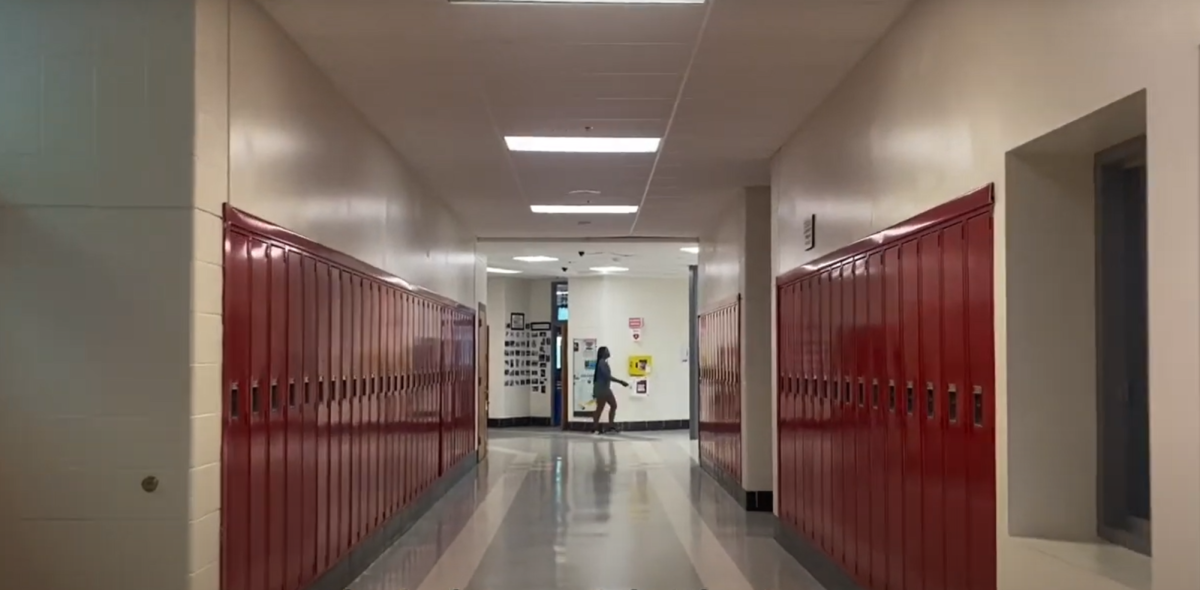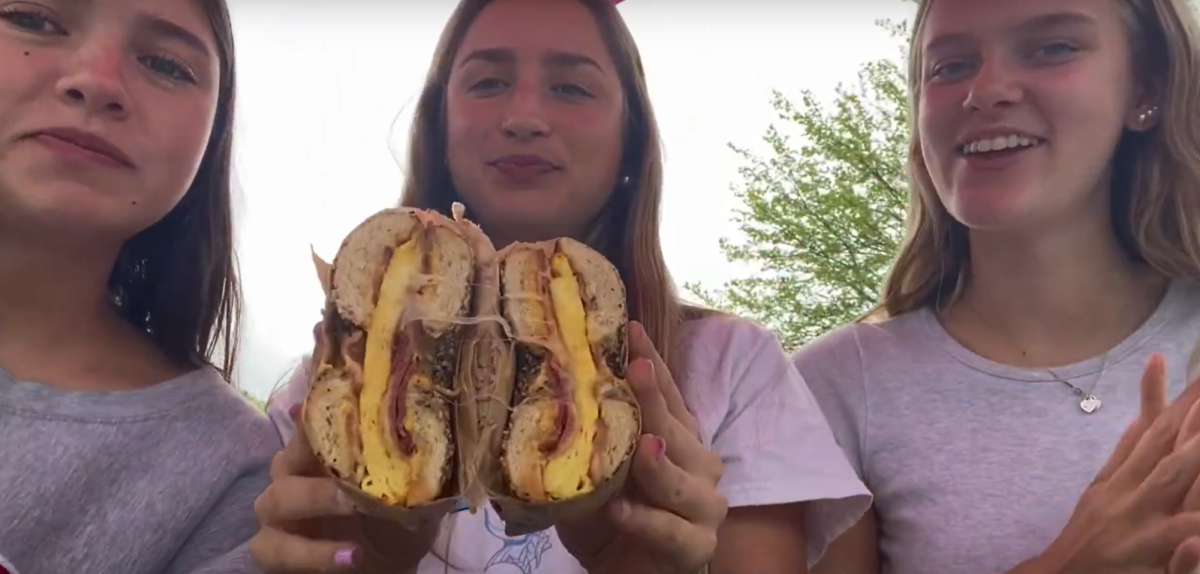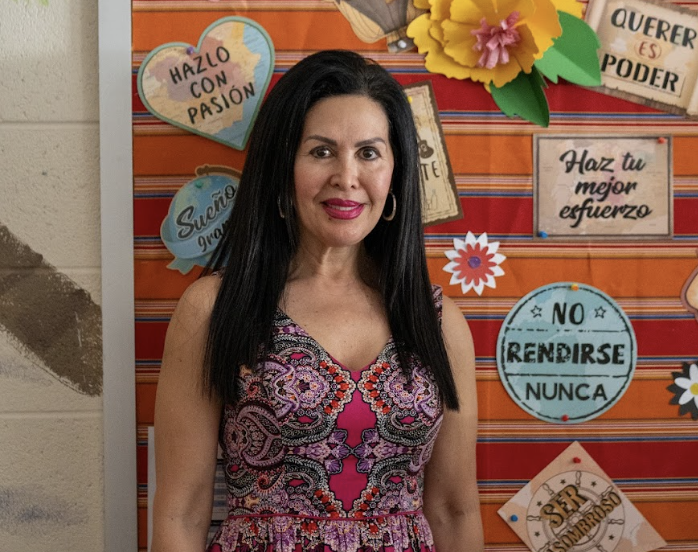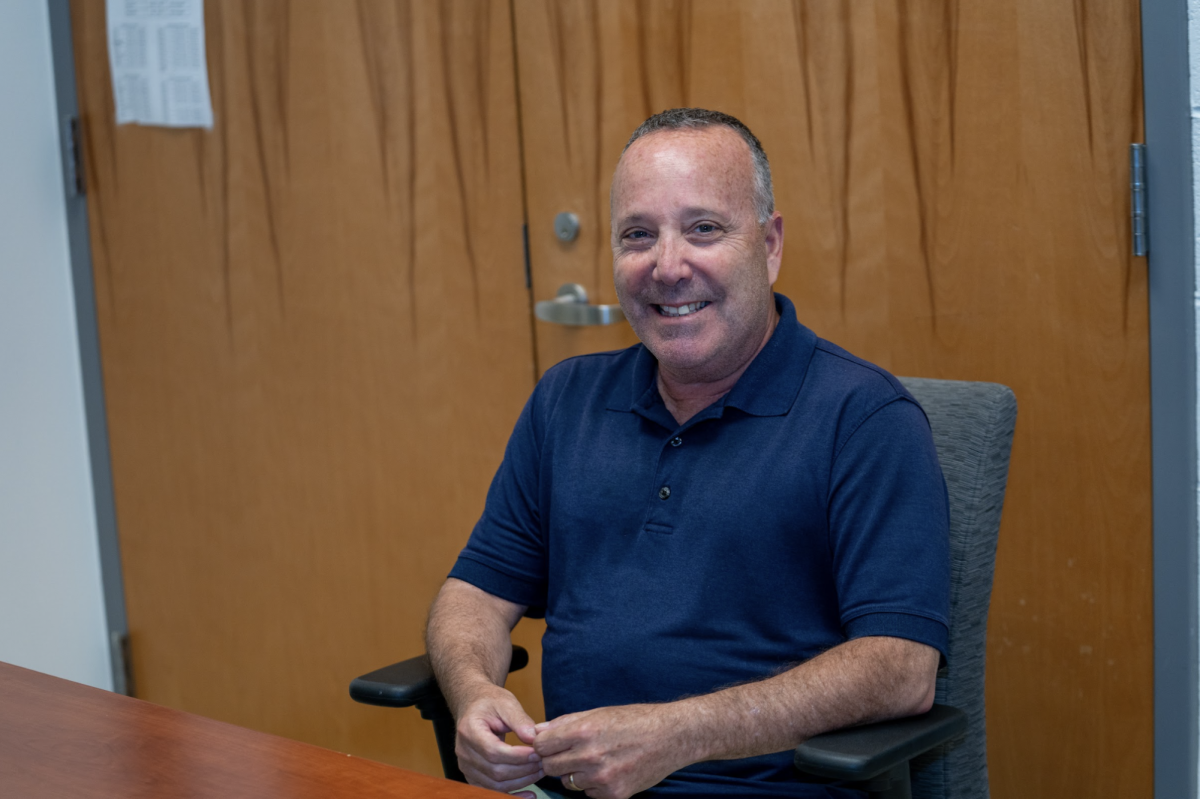Where can you go to learn about Star Trek classrooms, a smell to neutralize all other smells or the International Space Station? The new Whitman Science Magazine, of course.
Students published the first issue of the magazine online Dec. 20 on whitmansciencemag.org.
Under teacher sponsor Sean Reid, students take responsibility for all aspects of the magazine, from writing the stories to running and designing the website, said junior Bea Atsavapranee, the editor. Ten students contributed to the first issue.
Although publishing the magazine takes sizable time and effort, the students who write for Whitman Science enjoy writing articles and pursuing science outside of school.
“My favorite part about writing for the science magazine is getting to research cool new technologies and discoveries that you wouldn’t learn about in a standard curriculum,” junior Tori Seidenstein said.
Unlike an academic journal, which strictly features research, the science magazine presents articles that are both informative and entertaining. The website layout is similar to that of a print magazine, with a sharp design that catches the eye.
The cover photo is especially interesting: an MRI scan of Atsavapranee’s brain, with the nerve connections artificially colored. The magazine compiles large, high quality color photos and clean, easy-to-read stories for a sleek layout.
Most of the articles rely on research, such as Seidenstein’s article, “Olfactory White,” which explores combinations of smells that can actually cancel out other smells. But there are also pieces that deal with personal experiences, such as Ana Paula Pineda’s “The Chaos Behind High School Robotics.” The students choose their own stories to write.
“I find things from news articles or online that interest me and when I think that it will be interesting for other people then I do further research and see if it is a cool story or something that people haven’t heard of before,” Seidenstein said.
Club members plan to add more personal stories in upcoming issues.
Writers do most of their research and writing independently, but the club meets at least twice an issue to discuss articles and engage in peer review. They double-check each other’s sources because news articles about experiments run the risk of exaggerating the points originally published in academic journals, Seidenstein said.
Atsavapranee wrote two articles for the first issue, including one on how brain development affects teens’ actions.
“I know teenagers are always associated with reckless behavior and so I wanted to look into that and see how our brain affects that and the science behind it,” she said.
The magazine provides students who enjoy science an opportunity to share their passion with the wider community. The staff has relied on word of mouth and Facebook posts to publicize Whitman Science in the hopes that more students will read the magazine.
“I feel the magazine makes science a lot more accessible to the people who usually wouldn’t be interested in it,” Atsavapranee said.









